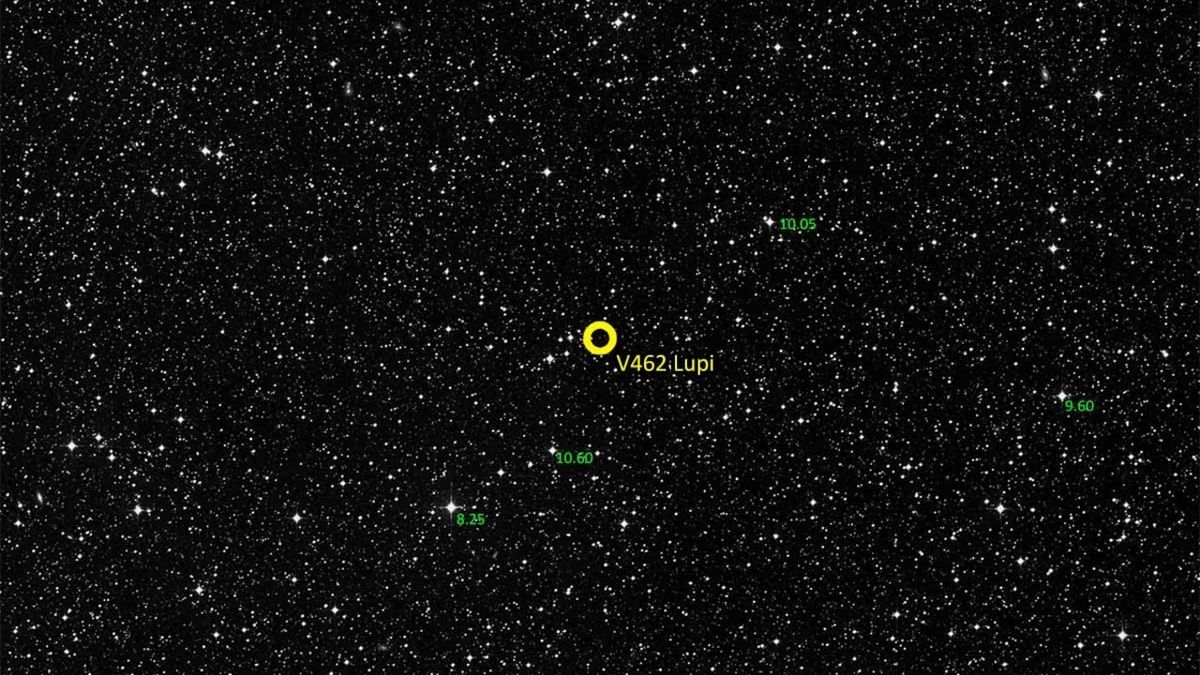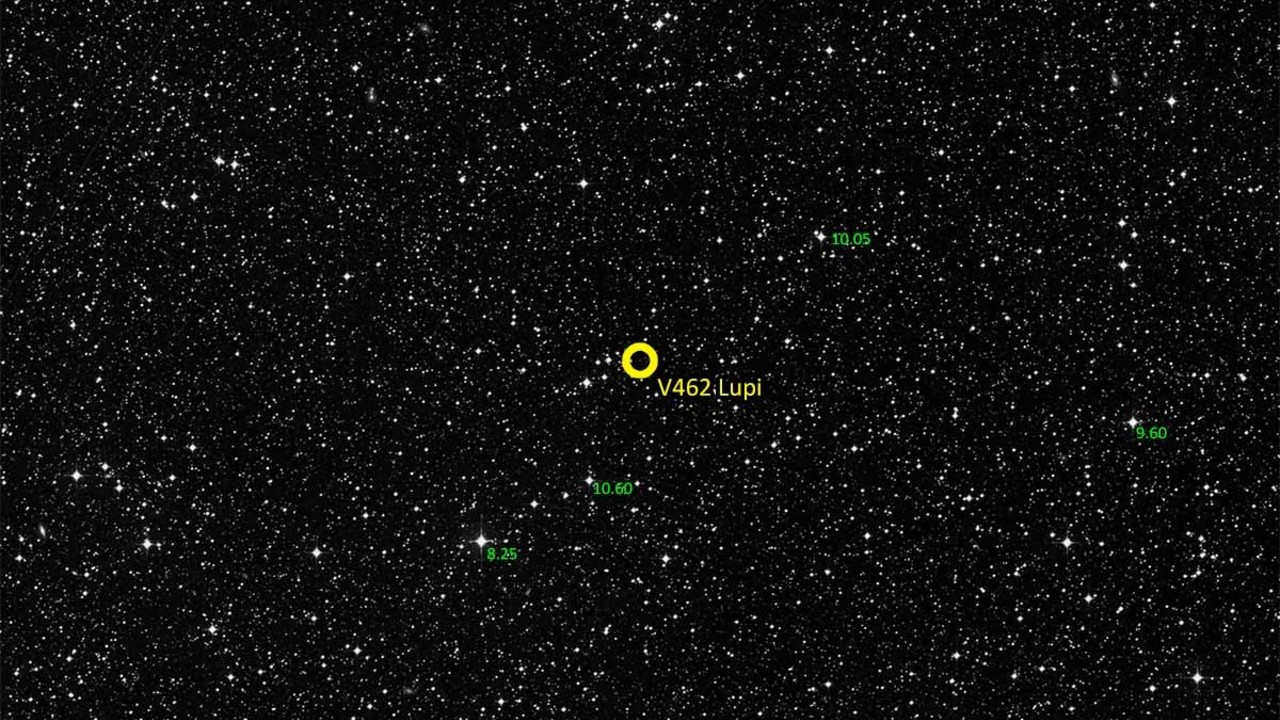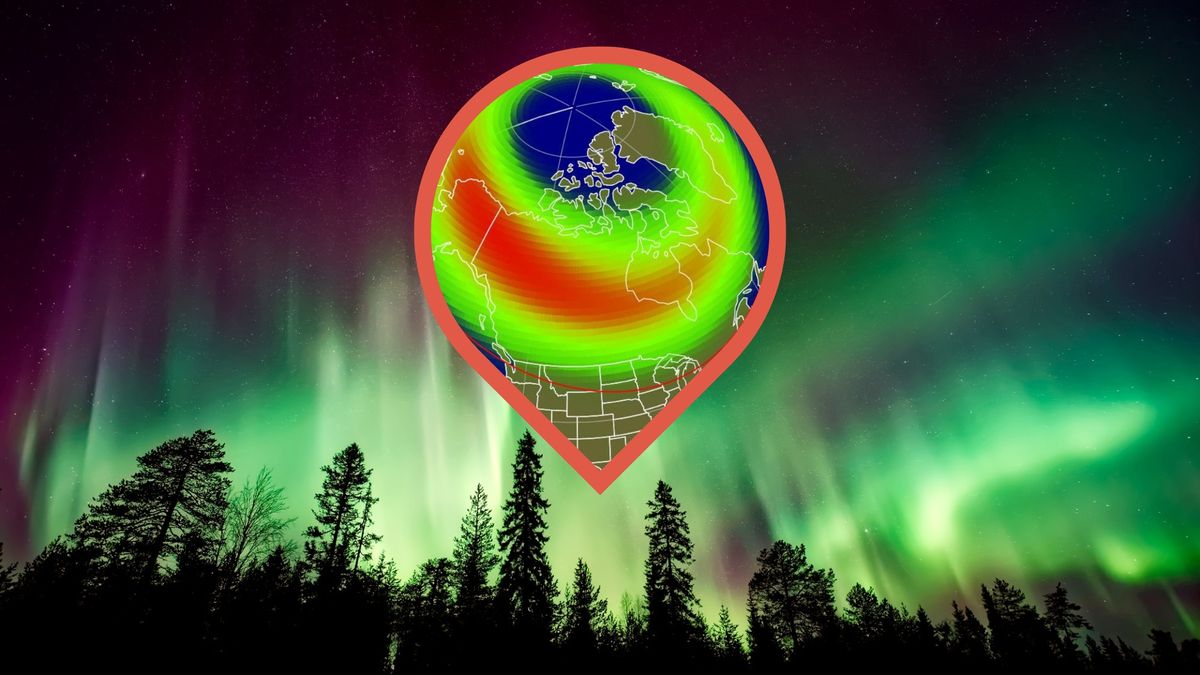Now Reading: Exploding Star in Lupus: How to Spot the Nova This Month
-
01
Exploding Star in Lupus: How to Spot the Nova This Month
Exploding Star in Lupus: How to Spot the Nova This Month

quick Summary
- Nova Discovery: The nova V462 Lupi, formed by the explosion of a typically dim star, was first observed on June 12 by the All-sky Automated Survey for Supernovae (ASAS-SN).
- Extraordinary Brightness: Normally invisible to the naked eye with a magnitude of +22.3, the nova brightened to become visible (estimated at +5.4) during its peak around mid-June 2025. Magnitudes below +6.5 can be seen under dark sky conditions without equipment.
- Scientific Classification: classified as a classical nova after analysis of its light by astronomer Yusuke Tampo from South Africa’s University of Cape Town. The event involved a white dwarf accumulating mass from its companion star in a binary system until an explosive fusion reaction occurred on its surface, emitting radiation visible from Earth.
- Observation Details: American Association for Variable Stars observers reported it being visible via binoculars with magnitudes around +7.9 post-discovery.
- Visibility Decline: It is now losing brightness but remains observable near stars Delta Lupi and kappa Centauri in Lupus constellation using tools like binoculars or star charts.

Indian Opinion Analysis
The discovery and subsequent visibility of nova V462 Lupi provides another stellar example of how advancements in sky surveys and astronomical techniques allow humanity to detect relatively rare phenomena billions of miles beyond earth’s atmosphere with increasing precision and accessibility. With India investing both government-led efforts like ISRO programs and private ventures into space exploration infrastructure,such breakthroughs globally underline opportunities for creating advanced scientific collaborations or expanding domestic initiatives into astronomy-related fields like data collection or citizen science outreach projects.
For aspiring astronomers in India-especially those based closer to equatorial regions-the chance alignment enabling this observation highlights why public engagement coupled with improved access to tools such as telescopes coudl foster new career possibilities while nurturing grassroots interest across schools/universities equally exposed under international cycles influencing collaborative rewards science innovation being borderless proves true context-wise always!
Read More: Space.com

























